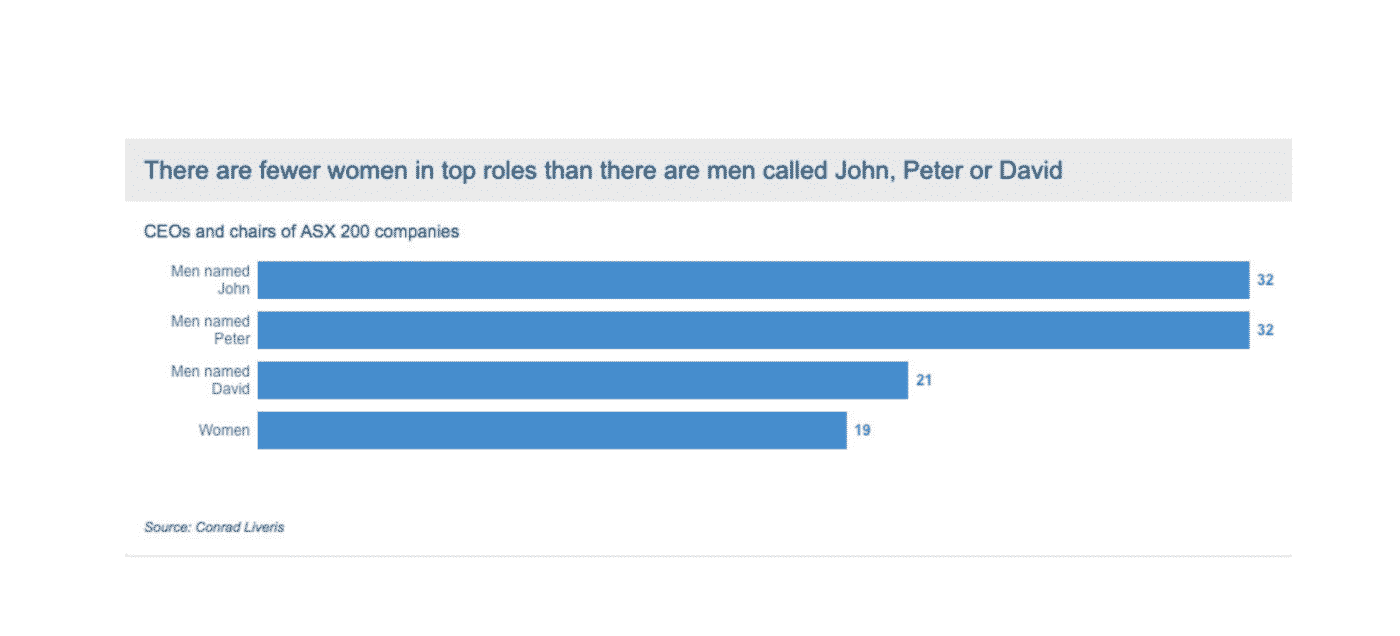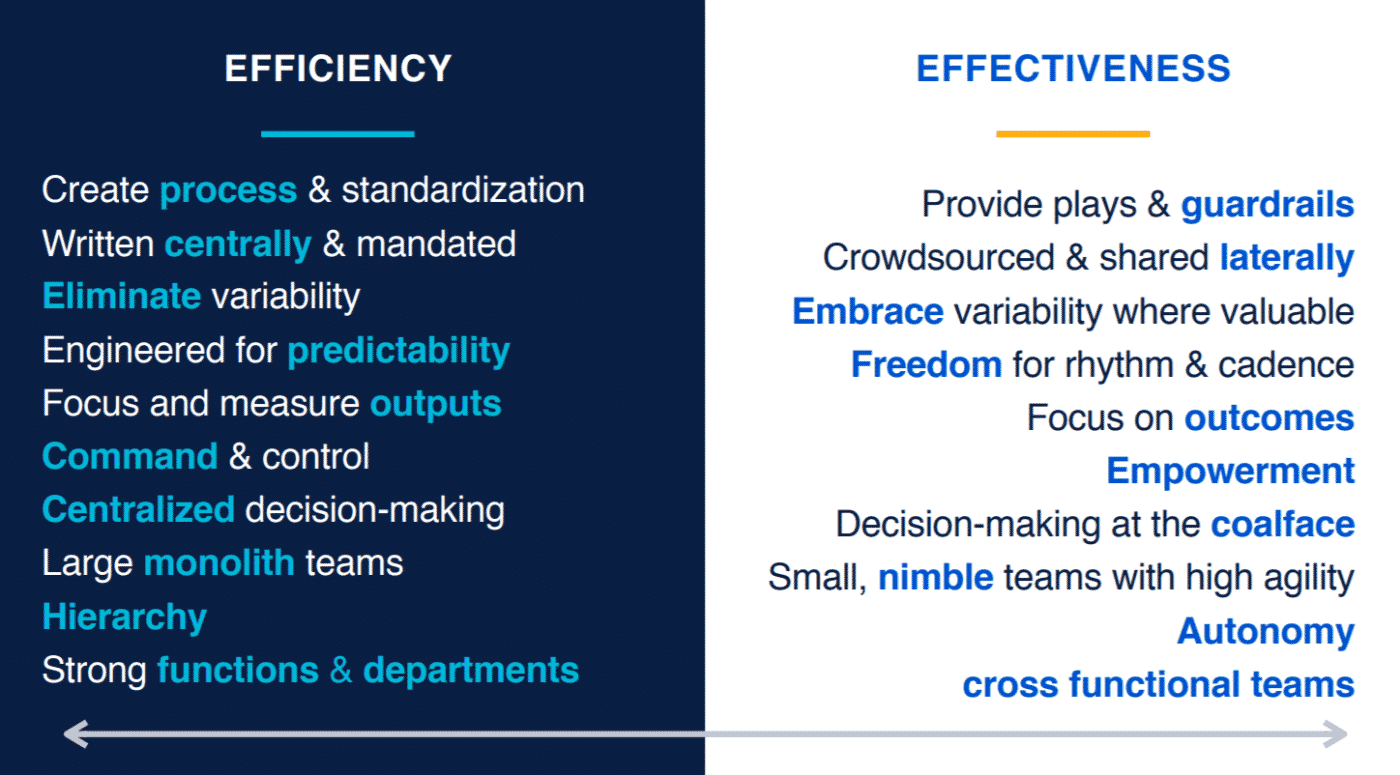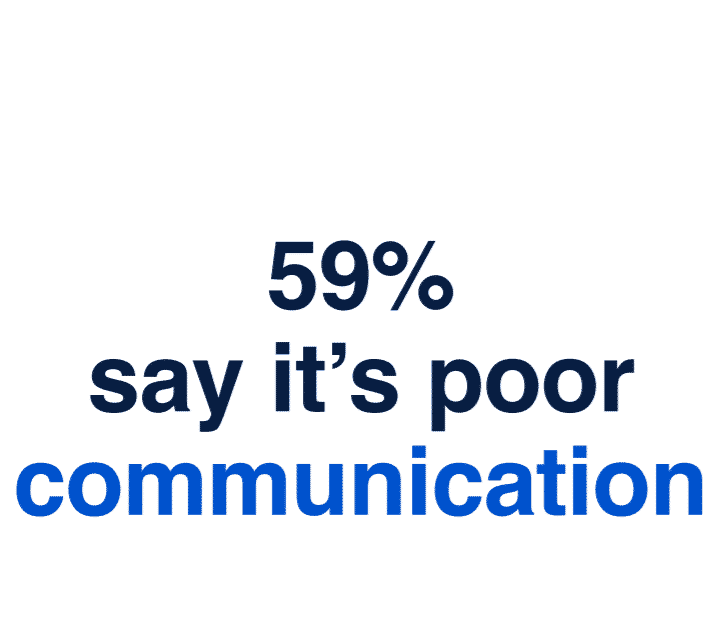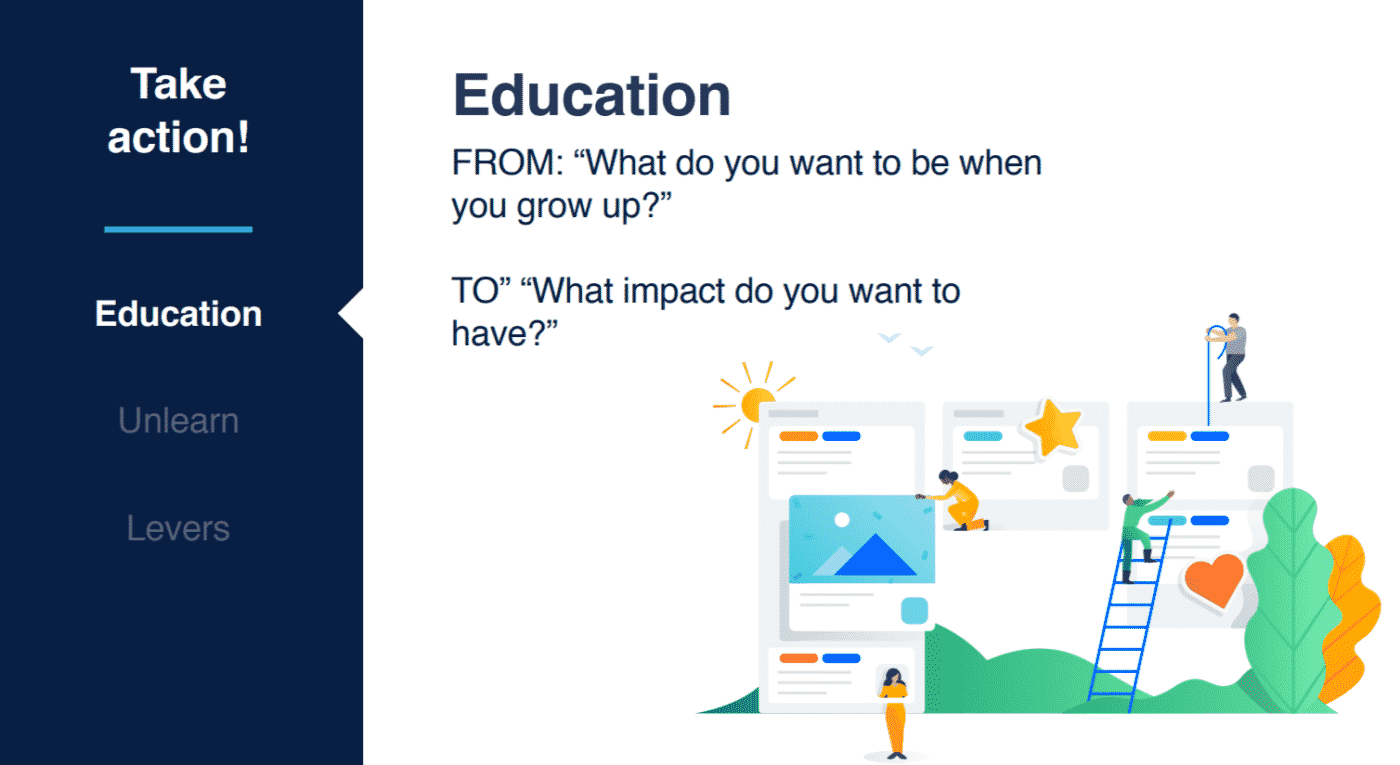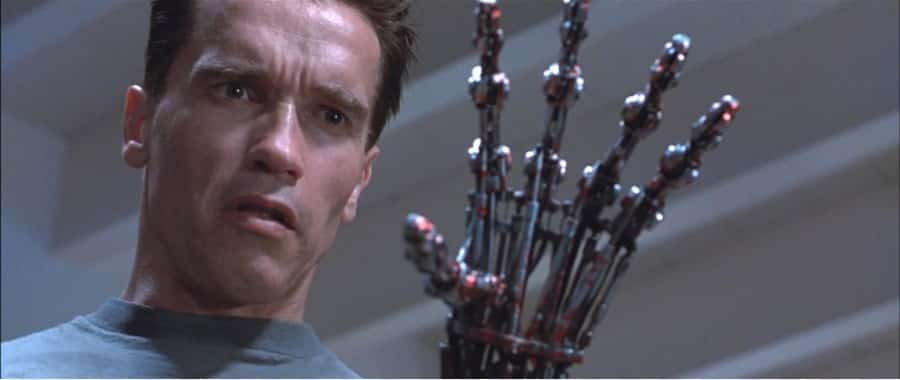
Aug 21, 2018
A robot won’t take your job… John will.
In 2018, everyone talks about automation. Some think it’s a blessing that gets rid of daunting tasks, some think that it is a threat to the modern workforce and that with the advancement of automation a lot of employees will become obsolete and lose their jobs. Last Thursday Precision Sourcing invited Dom Price – workforce futurist from Atlassian to talk about why a robot won’t take your job and what you really have to worry about.
Key takeaways:
1. We are fine. Seriously.
Robots have been taking our jobs for years – and yet we all seem to be doing okay! With the first industrial revolution some jobs did become obsolete; however, the amount of jobs created was just as many (if not higher). Yes, automation brings change, but this change drives new opportunities. In the last 144 years technology has created more jobs. These jobs do require different skills, so the solution is quite simple – instead of being scared that your job will be gone with the introduction of new technologies, you need to focus on learning new skills and adapting to the modern workforce.
2. A robot won’t take your job – but John might
Did you know that we have more men named John, Peter or David in executive management roles than we have women? And you know how many robots we have there? None! So the problem is not really the technology, the problem lays within lack of diversity in the modern workforce. When homogenous teams implement new technologies, they do not account for a massive part of the workforce, which leads to problems. When decisions on new tech, automation processes are made by a team of “Johns” and “Davids”, other groups might not benefit from those decisions. So the problem is not really with technology, the problem is with how we implement it. Thus, diversity is key. The more heterogenous your team is, the more likely your new technological decisions are to benefit most of your employees.
3. Your biggest advantage is being human
Most companies still measure employee efficiency rather than effectiveness. Numbers, KPI’s, time spent at work, but rarely time working. And when technology takes over – what’s left for us? The biggest fear that people have is that when all the mundane tasks are automated, they will have to do the same 8-9 hours a day of actual work. And this is where problem lies. Many organisations do not know how to measure employee effectiveness, as it cannot be necessarily put into numbers and KPIs. That is why the modern workforce needs to adapt to a new digital age, switching the focus from the question “how much work have you done today?” to “what is your positive impact to this organisation?” That’s why a robot won’t take your job.
4. Communication is key
“When children at school talk to each other it’s called cheating. When they come to the workforce it’s called collaboration.”
We have all this cool and funky technology to help us with our daily jobs. We have messengers, video conferences and AI scheduling tools that are supposed to help us communicate – yet one of the biggest issues modern teams encounter is communication. That is why instead of blindly implementing something new, organisations have to switch focus to effective communication. Simplified decision-making, less bureaucracy in teams and more transparency when making decisions will not only reduce time spent in daunting, useless meetings, but will also increase positive impact. There is no point in even thinking of automating your workforce if your employees still won’t communicate with each other (and will spend about a year deciding “to automate, or not to automate”). Focus on people, not on the process.
In short, a robot won’t take your job. And before we even start to think it will, we need to tackle the emerging issues that are slowing down the advancement of our workforce. Organisations have to focus on people, cognitive diversity and measuring the positive impact of it’s employees in order to adapt to the workforce of the future.
